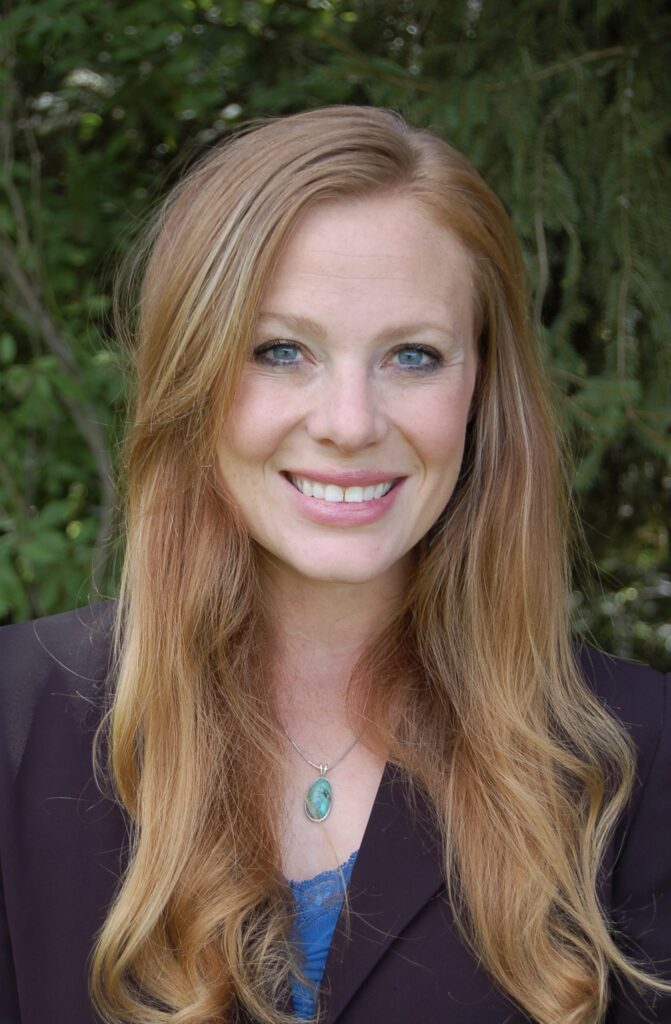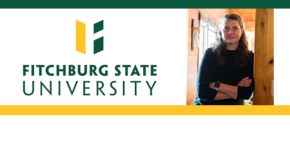
LGBTQ children’s books are now on the shelves, but do they tell the full story?
Wendy Keyser, professor of English at Fitchburg State University, says there is more to explore.
Wendy Keyser taught high school English for 21 years, primarily in Massachusetts public schools. She is a professor of English Studies in the 5-12 teaching licensure program at Fitchburg State University and teaches a Children’s Literature course for elementary licensure candidates.
 Alyssa Whitford is a former elementary teacher and current professor of literacy and social studies education at Hope College. She teaches elementary methods courses and conducts research focused on the integration of literacy and social studies, specifically issues of gender and equity.
Alyssa Whitford is a former elementary teacher and current professor of literacy and social studies education at Hope College. She teaches elementary methods courses and conducts research focused on the integration of literacy and social studies, specifically issues of gender and equity.
Patterns and Gaps in Award-Winning LGBTQ Children’s Books
In recent years, more picture books featuring LGBTQ characters have become available, providing a much-needed increase in representation. But now that they are available, what stories do they tell? For my research, I wondered if conflicts faced by these characters are based on their identities, or if the stories depict multifaceted lives.
With my research partner, I gathered 51 award-winning picture books published over a ten-year span. Within this set, we found 42 books with identity-based conflicts. Most of these fall into two predictable plotlines: coming out and resisting bullying.
Stories with shared plotlines are remarkably similar. Almost half of these books share a coming out plotline, in which a character fears coming out to family, friends, or at school, but once they do, everyone is accepting. This plot pattern oversimplifies coming out and positions their worries as unfounded fears. It gives the false message that coming out is the central problem in a person’s life.
In the resisting bullying plotline, stories show a character being bullied for their LGBTQ identity or that of their family. Then the character works up the courage to confront the bullies, creating a change that improves their life. These stories do not show supportive peer bystanders, but place the burden of standing up to others solely on the bullied person.
Most of these books use simplistic and unoriginal plotlines with conflicts based on identity. These books reduce stories about LGBTQ people to a few topics and reduce the characters to identity-based characteristics. However, we did find 15 books to recommend for their originality and compelling, unpredictable stories.
We encourage educators and other readers to evaluate books by asking if the conflict is based on identity, searching for books that not only represent LGBTQ people, but also tell interesting, original stories.
Read More:
[Taylor & Francis Online] – Plot, Characters, and Representation: Patterns and Gaps in Award-Winning LGBTQ Children’s Books

Comments
2 responses to “Wendy Keyser, Fitchburg State University – Patterns and Gaps in Award-Winning LGBTQ Children’s Books”
Very important. Similarly, many children’s books with female protagonists published int he ’70’s and ’80’s centered on sex-based barriers and how they were overcome.
Thanks for your response and the interesting connection to books about girls and women in the ’70s and ’80s.